Life According to C.A.R. – Harold Chlewicki’s Cinematic Ode to Dresden

From the get-go, it was clear that filmmaker Harold Chlewicki’s collaboration with Dresden and Magic Castles wouldn’t follow the usual script.
Dresden, brainchild of Ivan Smagghe and Manfredas, is far more than a roaming club night. Yes, they bend minds on the dancefloor, but they’ve also created that kind of ‘effortlessly cool’ visual identity brand execs wet themselves over. When almost all your t-shirts sell out, you can flaunt them however you want; in this case, ‘an impressionist movie in three parts, a fiction of reality, a lucid dream of Dresden.’
Harold’s fascination with cinema is deep rooted. “When I was nine, I started going to the theatre alone. My mum would drop me off, and eventually, the manager just let me hang around,” he tells me, earning their trust climbing through a projection window to retrieve a locked-in key. From that moment on, the cinema became his sanctuary. “It wasn’t just the movies – I was drawn to the image, to the moving pictures on TV. The world on screen felt better than the real one.”
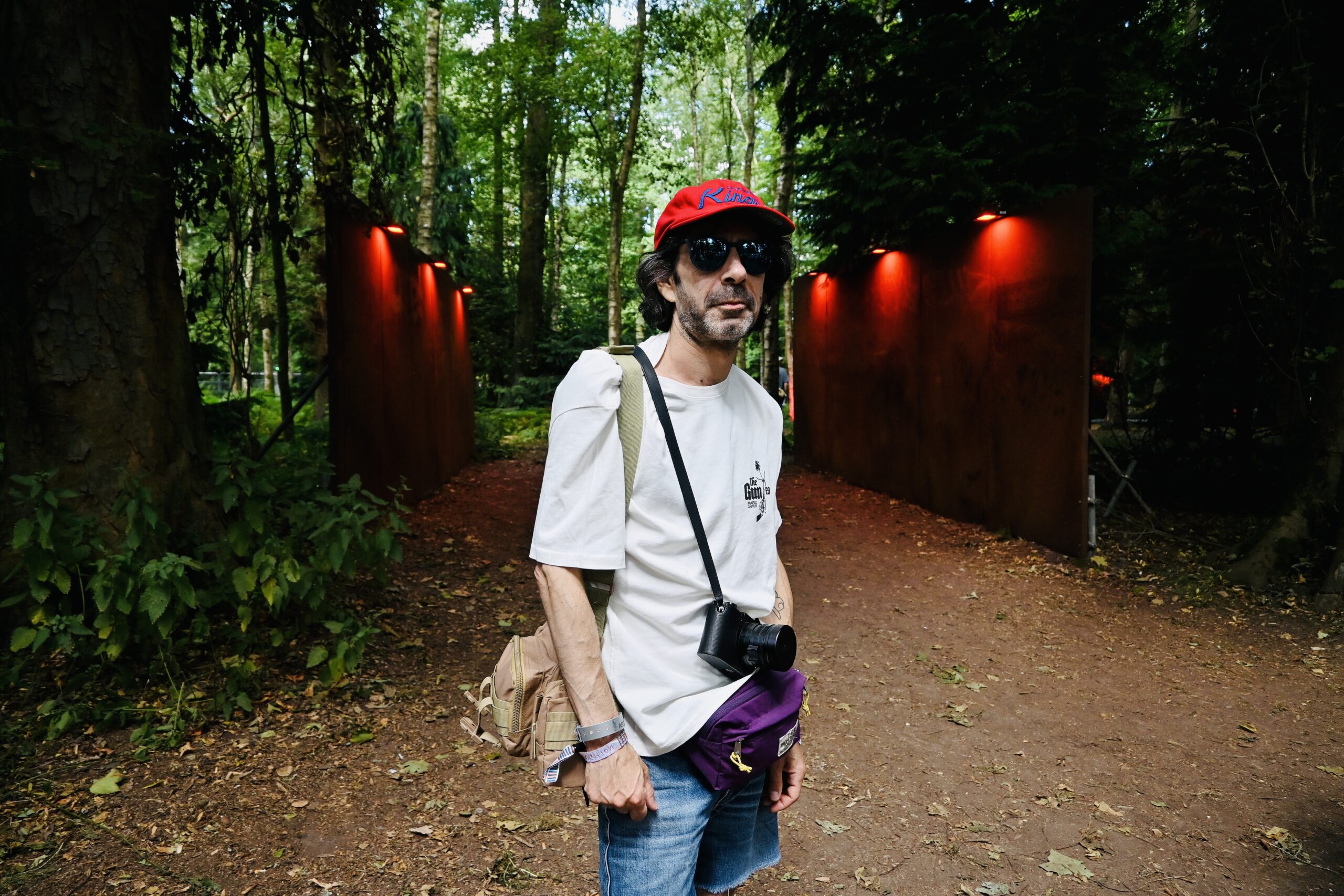
Fast-forward to today and Harold’s love of cinematic escapism fits perfectly with Dresden’s distinct world. On top of “swapping films with Ivan like we’re sharing secrets,” for him, being at one of their parties is transformative. “I don’t talk to people; I just dance,” he admits. “It’s more than a night out – it feels like an experience, something apart from the rest of nightlife.” That sense of otherness is what Harold set out to capture in his film, which started as a personal project but quickly took on a life of its own.
“I called Chris Stoker (Magic Castles) one morning with the idea. For once, I wasn’t asked to do something – the impulse came entirely from me. My shrink was really happy!” he laughs. “Ivan was incredibly supportive. He helped me realise what I was making wasn’t an ad – it was a short film.” The collaboration flowed effortlessly, with everyone, from Ivan to lead actress Agnè Qami, wholeheartedly on board with Harold’s vision. “Agnè has this Maria Schneider vibe I love – daring, with that distinctive, cultured Lithuanian personality.” Their combined trust made the shoot feel almost magical. “It was like the stars aligned – even the ducks in the park showed up on cue.”
But not everything boils down to cosmic alchemy. “I’m mixing modernity and old techniques. New cameras offer these really crisp, sharp images and that’s not my style”. To achieve his vision, he used vintage Soviet lenses mounted on a first-generation Blackmagic camera, creating a deliberately flawed, cinematic look. “I love imperfections, flares, and the rawness of old cameras.” This hands-on approach extended into post-production. “I spent ten days colour-correcting the video. I do everything in DaVinci Resolve – it’s revolutionary because it lets me stay in one program, and I can do it all from home!”
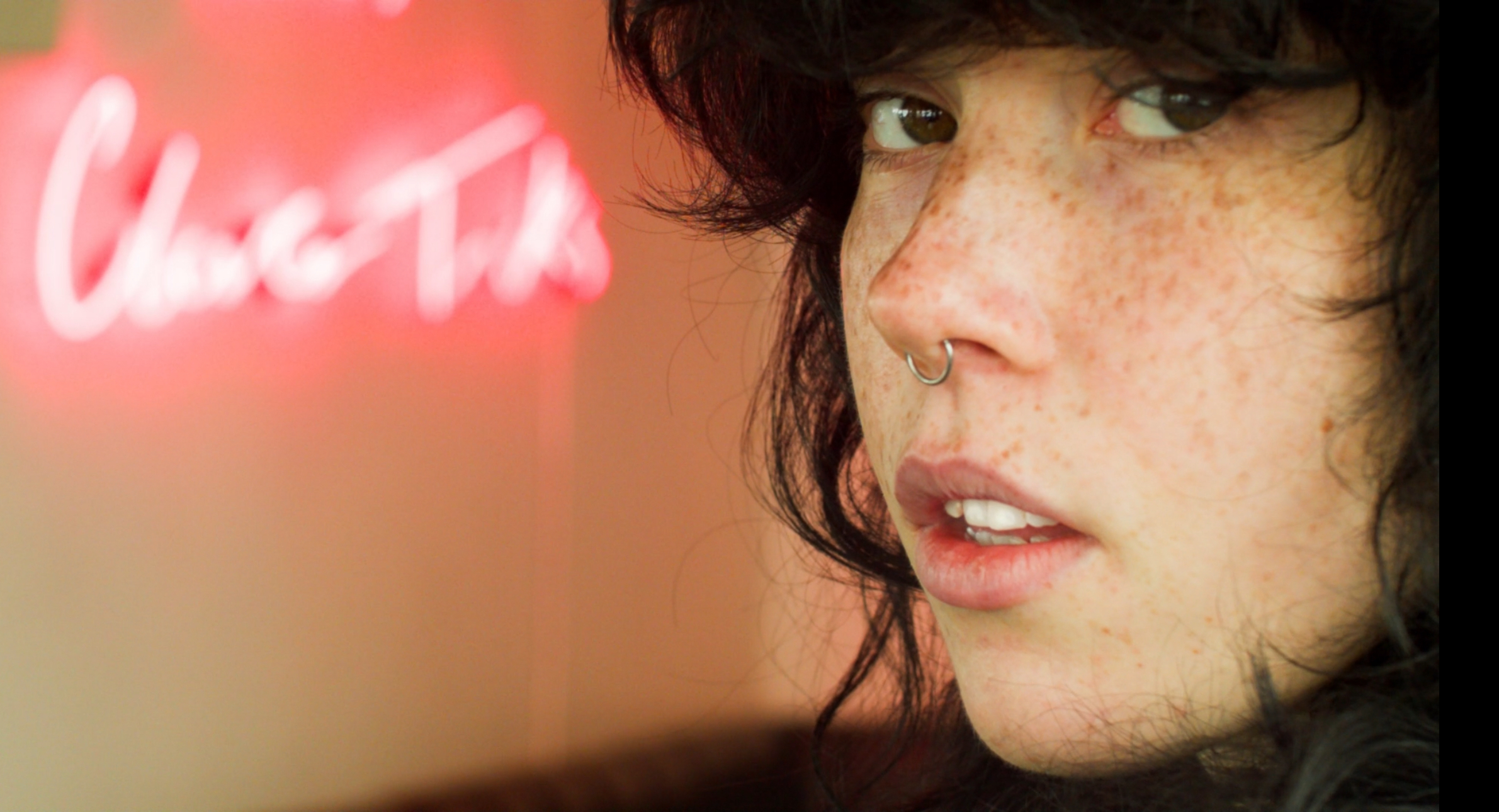
Up until now, dialogue – or the lack of it – has played a crucial role in Harold’s work. “I leave a lot of things unsaid and don’t give many clues. People can think of what they want” he explains, before hinting talkies could be on the horizon. “With the Dresden video I realised that although it’s slow, I’m on the good path. I want to move more into fiction so the next step is the dialogue!”
Regarding the rest of his future, Harold is cautiously optimistic. “I was in a period of, ‘Everything has been done, the golden age of cinema is behind us’. I still think a bit like that, but good surprises are possible. People have been making movies for over 100 years. Of course a lot has been tried before, but as long as you stay honest and personal, you have a game to play.”
Amen to that.

Harold’s ‘must sees’ (in no particular order)
That day on the beach, Edward Yang, 1983
Although I only discovered Edward Yang’s universe a few months ago, I already know this movie will be with me for a long time. Pure beauty.
Home from the hill, Vincente Minnelli, 1960
Minnelli’s melodramas, the best secret kept on earth.
Women are born twice, Yuzo Kawashima, 1961
Let’s hope she won’t end up alone, in this men’s world.
The man I love, Raoul Walsh, 1946
Actually, Raoul Walsh is a sensitive director.
Somewhere in Time, Jeannot Swarzc, 1980
Show this movie to someone you like. If the movie is not appreciated, change the person, keep the movie.
Beau is afraid, Ari Aster, 2023
We’re not the only ones to be several people in our heads, so it’s ok.
The searchers, John Ford, 1956.
Like millions of people, I’m obsessed with this movie, the Vertigo of westerns.
The Passenger, Michelangelo Antonioni, 1975
While I’m still trying to fully understand this movie, in the meantime, I just watch it.
La Giornata Balorda, Mauro Bolognini, 1960
Lea Massari drives a truck.
Un flic, Jean-Pierre Melville, 1971
In France, we have Melville.



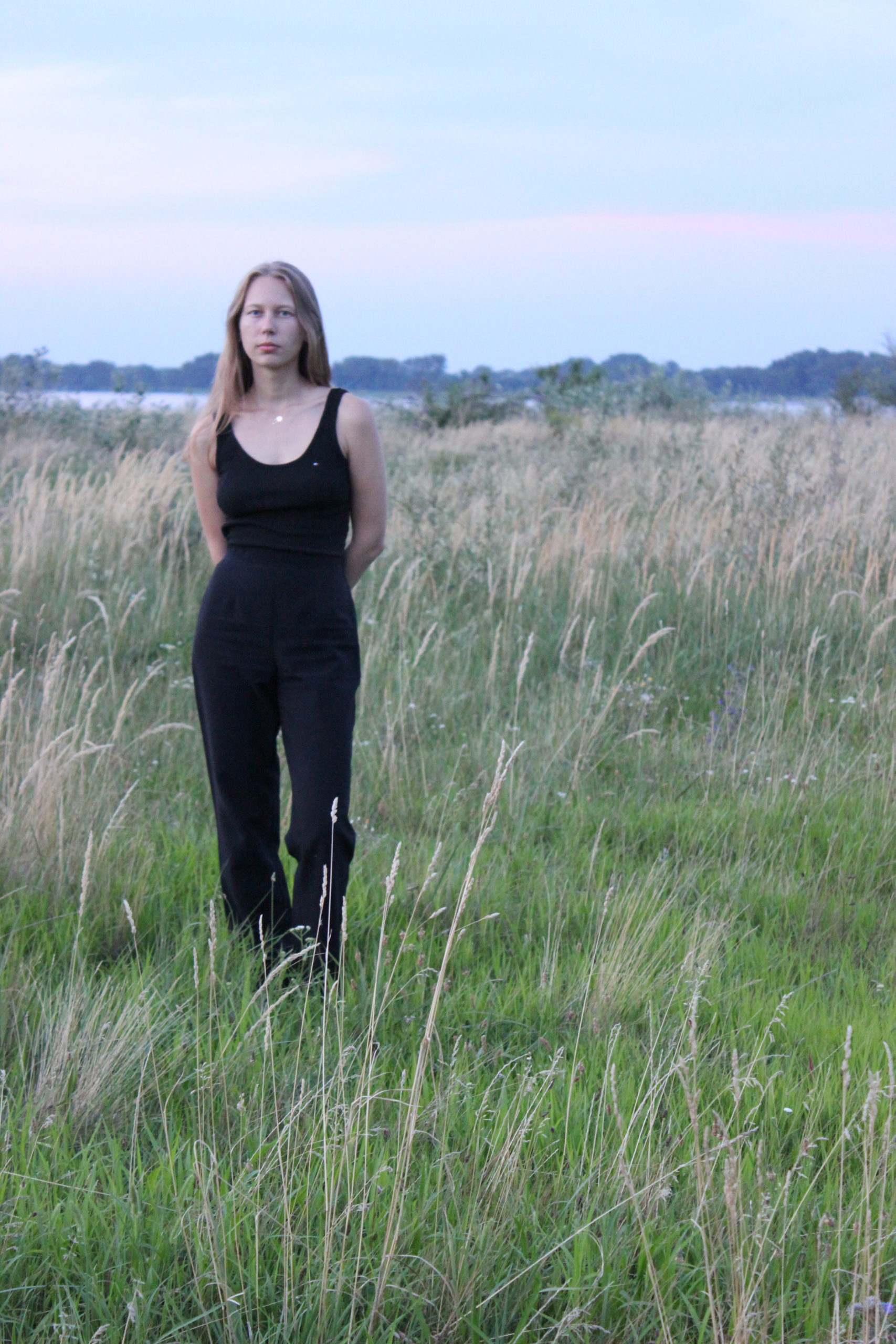











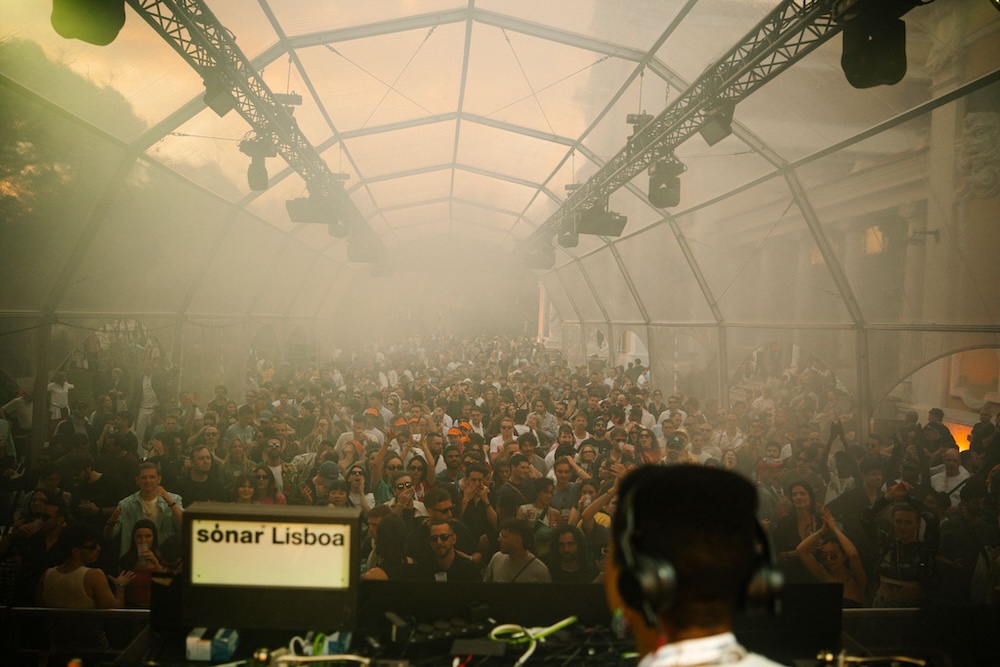
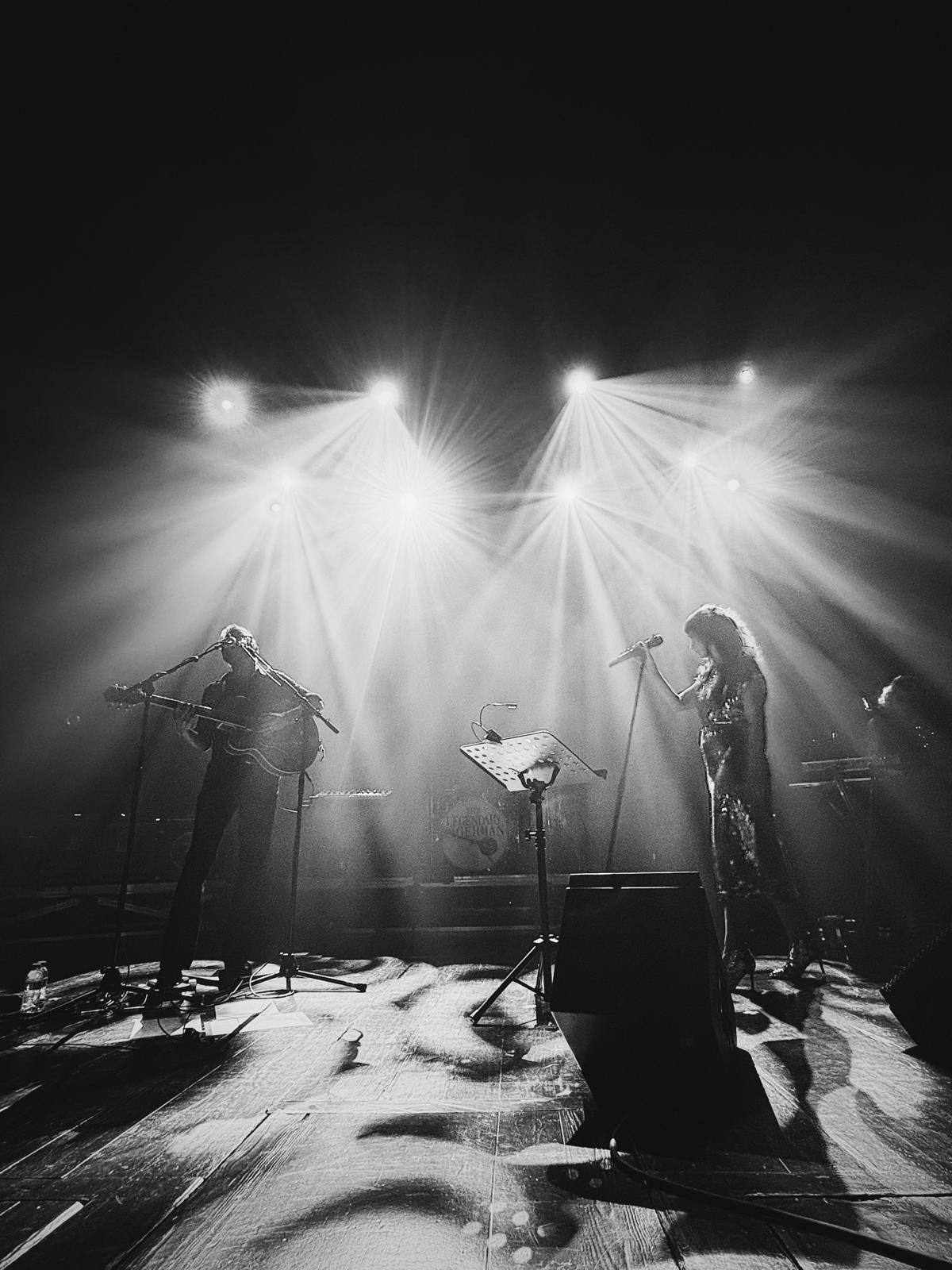




Must Reads
David Holmes – Humanity As An Act Of Resistance in three chapters
As a nation, the Irish have always had a profound relationship with the people of Palestine
Rotterdam – A City which Bounces Back
The Dutch city is in a state of constant revival
Going Remote.
Home swapping as a lifestyle choice
Trending track
Vels d’Èter
Glass Isle
Shop NowDreaming
Timothy Clerkin
Shop Now